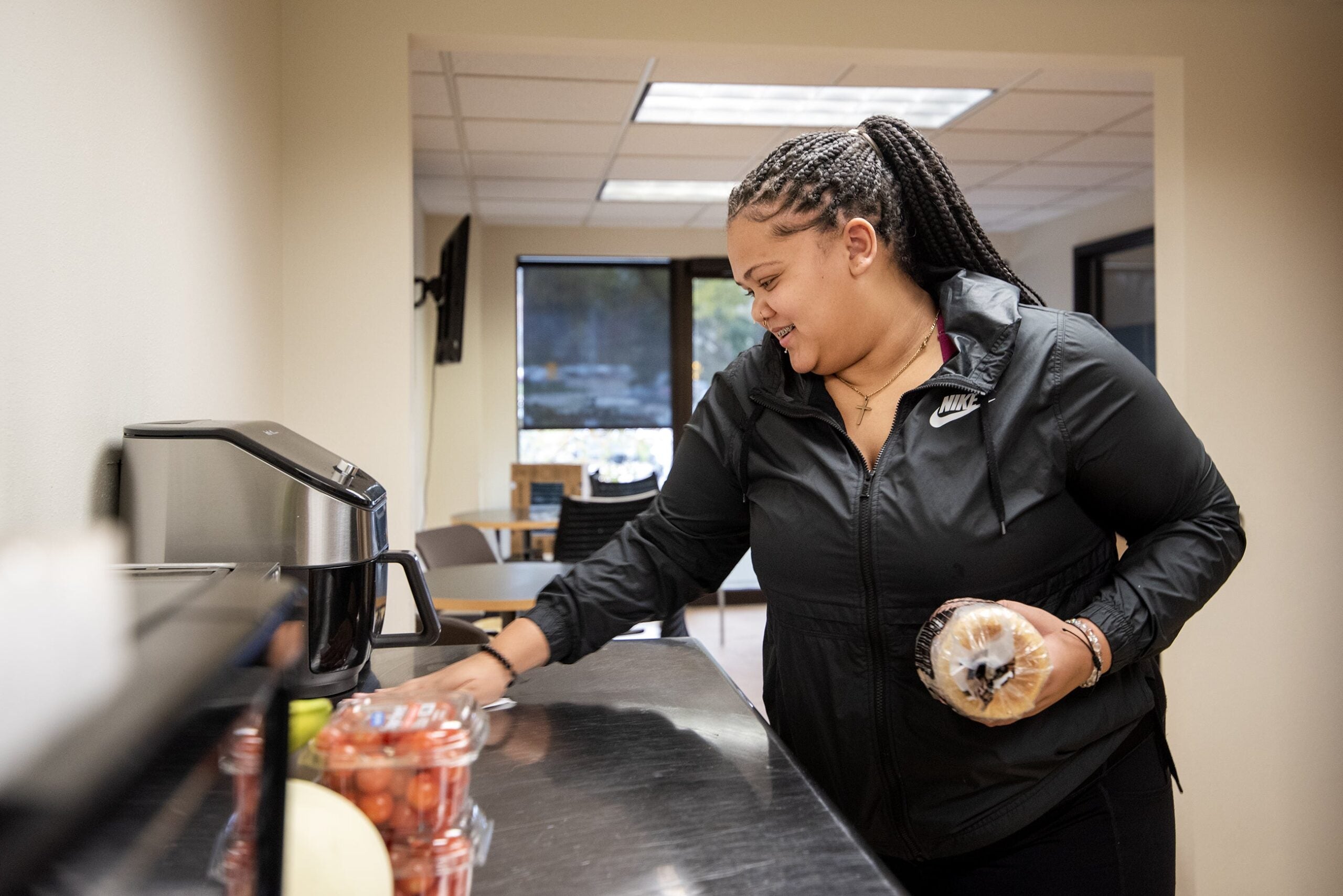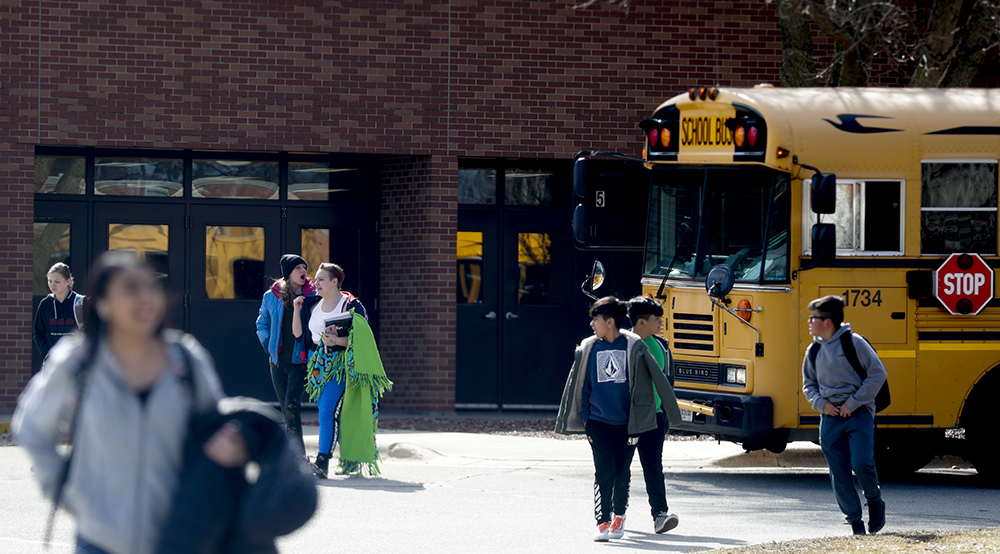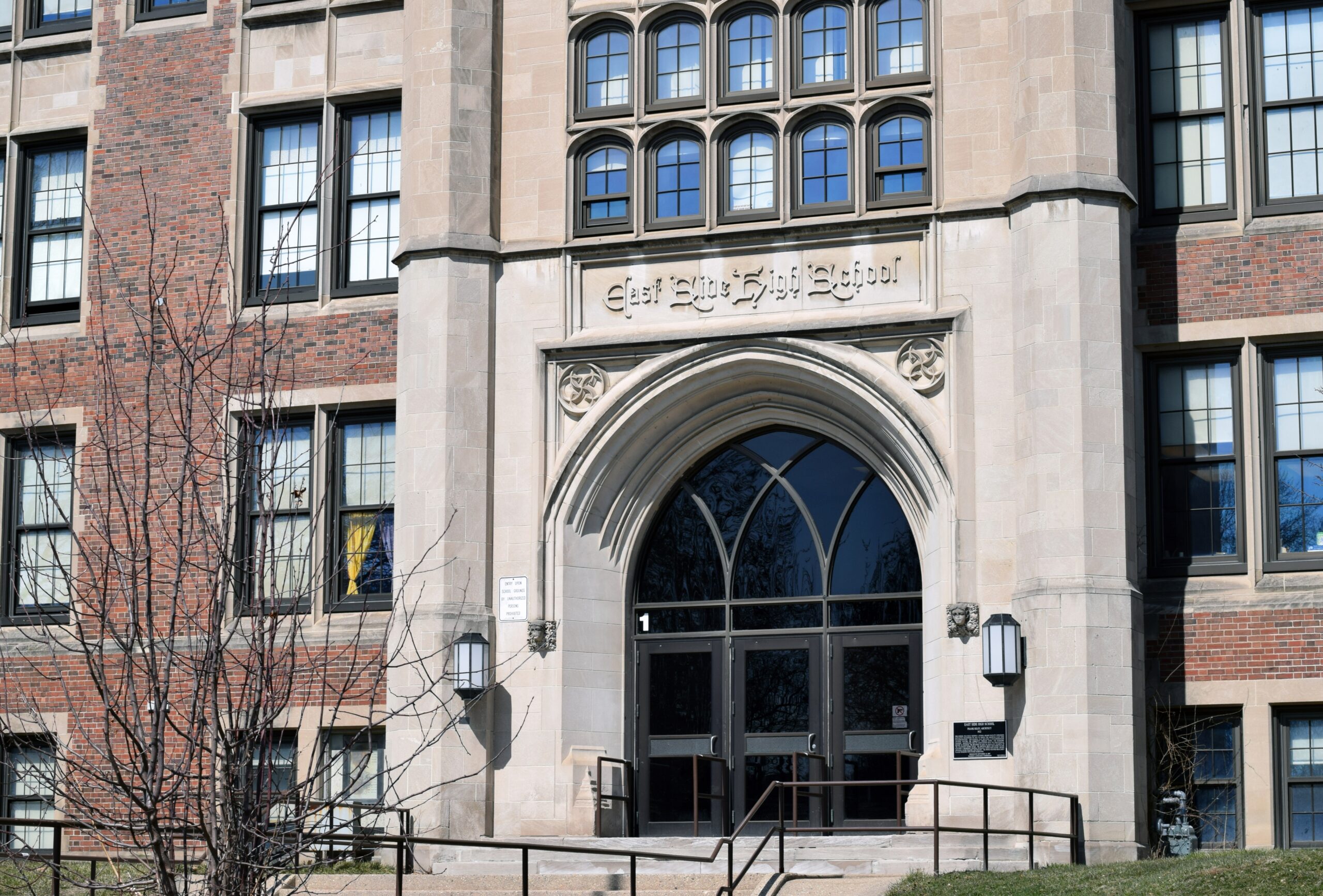Norris School District is the smallest in Wisconsin. Located in Mukwonago, the majority of its students have a disability, have been entangled with the justice system or both. Eighty-nine percent of students are at risk of not graduating.
The district prides itself on providing personalized plans for each and every student and catering to students with high needs.
And now, it wants to create services for students coping with substance use disorder.
Stay informed on the latest news
Sign up for WPR’s email newsletter.
“For us, success is really helping every learner getting to their next best place and continuing to have a plan about how they’re going to do that,” Johnna Noll, the district administrator of the Norris School District, said on WPR’s “Wisconsin Today.”
Wisconsin’s first recovery school, Horizon High School, was founded in Madison in 2005. These schools are specifically designed for pupils with substance use disorder. They often layer in services including peer support, counseling and tutoring.
Now, the state is looking to encourage the model in other districts. In March, the Department of Public Instruction announced its first planning grants to four Wisconsin districts to start recovery schools, including Norris.
According to the state Department of Health Services, 11 percent of youth have misused prescription pain medication, and by freshman year, 50 percent of Wisconsin children have consumed alcohol.
Norris, and school districts serving Ashland, Beloit and Manitowoc, will each receive $75,000 in grant funding to plan and develop recovery-focused high schools.
For Norris and Manitowoc, plans for the recovery schools involve starting individualized learning hubs, creating guides for staff on how to best support students with a substance use disorder and developing ways to involve parents.
WPR spoke with leaders of these two districts to understand the needs and how they plan to work with students in recovery.
How the class day would be different
The centerpiece of the Norris recovery school will be modeled after something it is already doing — a virtual recovery hub. The school starts with a profile of the student to learn their needs and desires. Then, staff members create an individualized learning plan to involve peers, academic support and community partners.
A hypothetical day for a Norris student in recovery would be similar to a day at any other high school. But students will get added services. For example, on Tuesdays, a student attends a peer support group, on Wednesday mornings the student meets one-on-one with an academic advisor, on Thursdays they meet with a recovery group and in the afternoons they attend a training program in a workplace.
The district has also hired community navigators who help students discover their hobbies, talents and interests by exposing them to opportunities in the community.
“They need to have coping strategies and mechanisms. They need to feel that there’s something there that’s meaningful for them,” Noll said.
But the foundation for the recovery school is to give each student a highly personalized schedule that meets their needs. The Manitowoc Public School District is still planning its recovery school, but aims to have a similar model of personalized care that involves students and families.
Involving families and students
By next year, Manitowoc will take over a local alternative charter school focused on students with high needs. The district hopes to base its recovery services out of that school.
Of the students at Manitowoc Public School District who struggle with substance use disorder currently, only 15 percent meet proficiency in reading and 10 percent meet proficiency in math. As a whole, these students miss 20 percent of school days, according to Lee Thennes, the district’s interim superintendent.
“Those numbers make it really hard to succeed,” Thennes said.
In planning its recovery school, the district will first create an advisory team made up of students, parents, counselors, administrators and teachers. The school has interventions in place to get students to catch up on credits and attend classes more regularly. But, Thennes said, what the school is missing is the support in recovery.
He hopes if the district involves students in the planning process it will build their confidence, meet their needs and give them a better outlook on attending school.
“We really feel like the students who suffer from issues of recovery and mental health disorders should be engaged through this planning process to ensure that their voices are heard,” he said.




